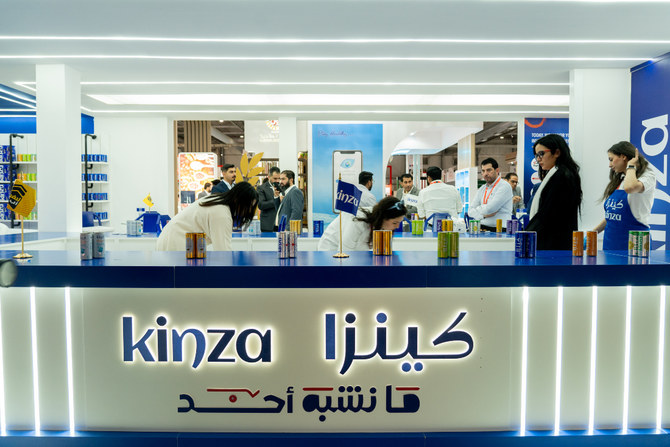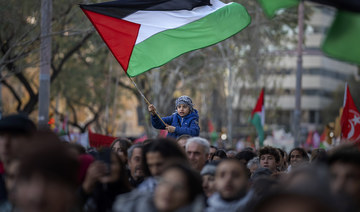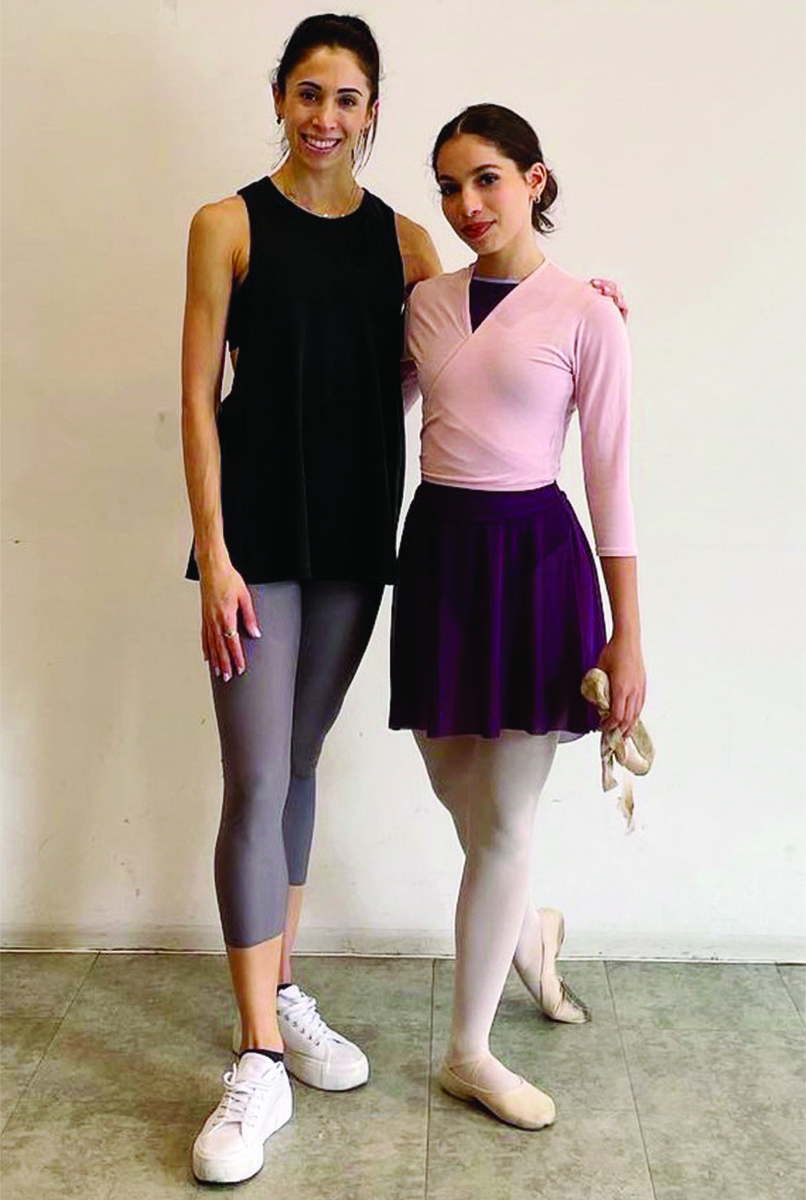RIYADH: Consumers in Saudi Arabia are moving away from traditional staple soda drinks toward locally produced, high-quality alternatives, says CEO of Kinza Drinks Bandar Okrin.
At the second Saudi Food Show, Okrin told Arab News: “As more people continue to embrace these alternatives, the beverage industry in Saudi Arabia is experiencing a renaissance, with innovation and quality at the forefront.”
The event features more than 1,000 exhibitors from 97 countries, making it a truly international showcase of food and beverage products and services. Held at the Riyadh Front Exhibition & Conference Center, the three-day event ends on May 23.
The Saudi brand has returned this year as the “category beverage sponsor.” Okrin added that its presence as a sponsor fostered a sense of pride and support for local businesses.
Al-Jameel International, a Saudi company that recognized the shift toward locally produced drinks in 2022, introduced Kinza, a carbonated beverage that has quickly gained popularity among locals.
According to the SFS, the Saudi food and beverage sector is projected to experience substantial growth, with an expected annual growth rate of 3.44 percent, set to reach $27.83 billion by 2029.
This places Saudi Arabia as an attractive hub for both local and international players in the F&B sector looking for new prospects.
“We (at Kinza) are determined to shake up the beverage industry that a few large multinational companies have dominated for far too long,” Okrin said. “We currently have a strong presence in all GCC countries: Oman, Bahrain, Qatar, UAE and Kuwait.”
Kinza beverages are also available in Jordan, Sudan, Libya, Tanzania and Senegal.
The company’s goal is to establish a strong market presence and become a household name in global markets, with innovative beverage products that cater to a variety of tastes and preferences.
Okrin said that they aim to establish a strong market presence and brand recognition in these regions by effectively distributing products and building relationships with key stakeholders.
Their booth at SFS showcases their range of flavors, including cola, lemon, citrus and orange. “This year, we introduced new flavors like pomegranate, berries, Saudi cocktail, and carbonated water,” Okrin said.
Last week, Kinza launched diet cola and zero lemon options. “These new varieties will be available in all designated stores within the next two weeks,” he said.
Kinza is part of the Made in Saudi Program that unites ministries, government agencies and the private sector in support of Saudi national products under a single brand, which will contribute to the Kingdom’s economic growth and the realization of Vision 2030.

































